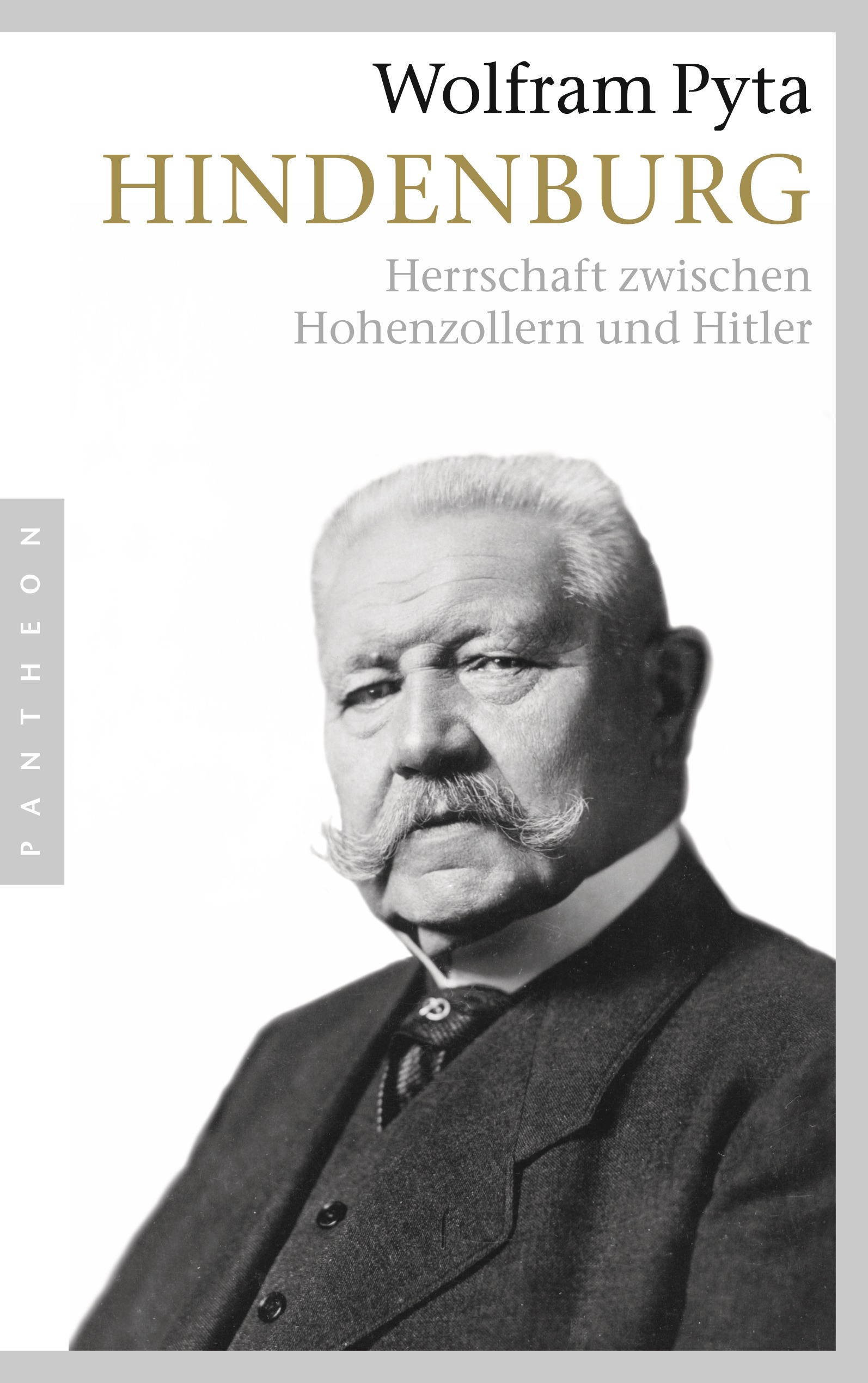

Currently, Hindenburg’s remains rest in St. A few days later, the mausoleum was partially destroyed by an explosion caused by retreating German troops. In January 1945, the Germans, fearing the possibility of the profanation of his remains by the Russian army, managed to take his coffin at the last moment and transport it deep into German territory. In 1935, Hindenburg’s remains were transferred to the specially prepared mausoleum located in one of the Tannenberg-Denkmal towers. Adolf Hitler, appointed by Hindenburg to be the Chancellor in 1933, participated in the funeral. In 1934, Hindenburg’s body was ceremoniously buried in a special crypt in the monument. Later on, it became also the mausoleum of Paul Hindenburg, a German military man, a field marshal (Generalfeldmarschall), and politician – the President of the Reich during the Weimar Republic and the early Third Reich in 1925-1934. It commemorated the victory of the Prussian army over the Russian in the Battle of Tannenberg 1914. The Tanneberg – Denkmal, built-in 1925-1927, was once a monumental building, located between Olsztynek and Sudwa villages, in former East Prussia and present Warmian-Masurian Voivodeship of Poland. Should one speak about the Tannenberg-Denkmal now?ĭorota Nieznalska, Tanneberg-Denkmal. Devastation experienced years ago, pillage and the dispersion of its unwanted (alien) remains provokes a set of basic questions:

Oblivion, is tantamount to the erasure of the memory of the monument. It is memory arranged in the form of an archive. Memory, in this case it is not a record of experienced recollections but an attempt at an orderly re-assembling of lost memory. It is built from collected fragments of information, the detritus of knowledge about the past, and the relics of memories lost.


 0 kommentar(er)
0 kommentar(er)
